
Raspberry Pi Mechatronics Projects HOTSHOT
¥80.65
This book is targeted towards beginners and intermediate designers of mechatronic systems and embedded system design. Some familiarity with the Raspberry Pi and Python programming is preferred but not required.
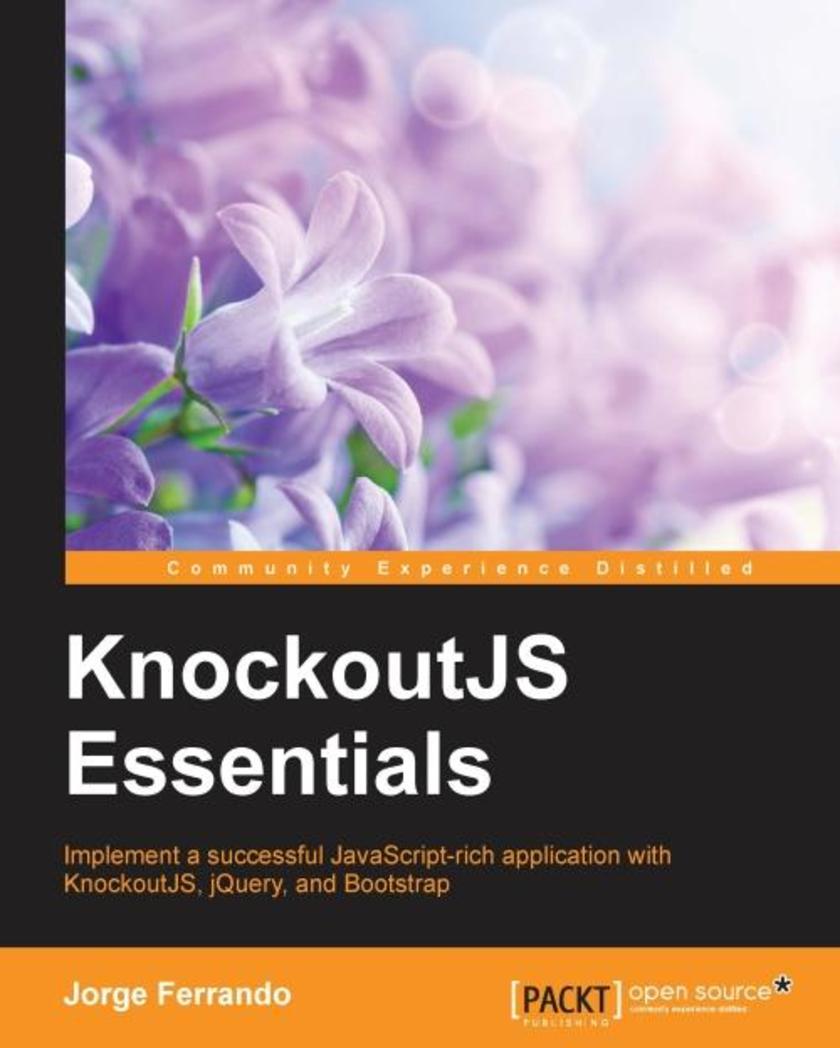
KnockoutJS Essentials
¥71.93
If you are a JavaScript developer who has been using DOM manipulation libraries such as Mootools or Scriptaculous, and you want go further in modern JavaScript development with a simple and well-documented library, then this book is for you. Learning how to use Knockout will be perfect as your next step towards building JavaScript applications that respond to user interaction.
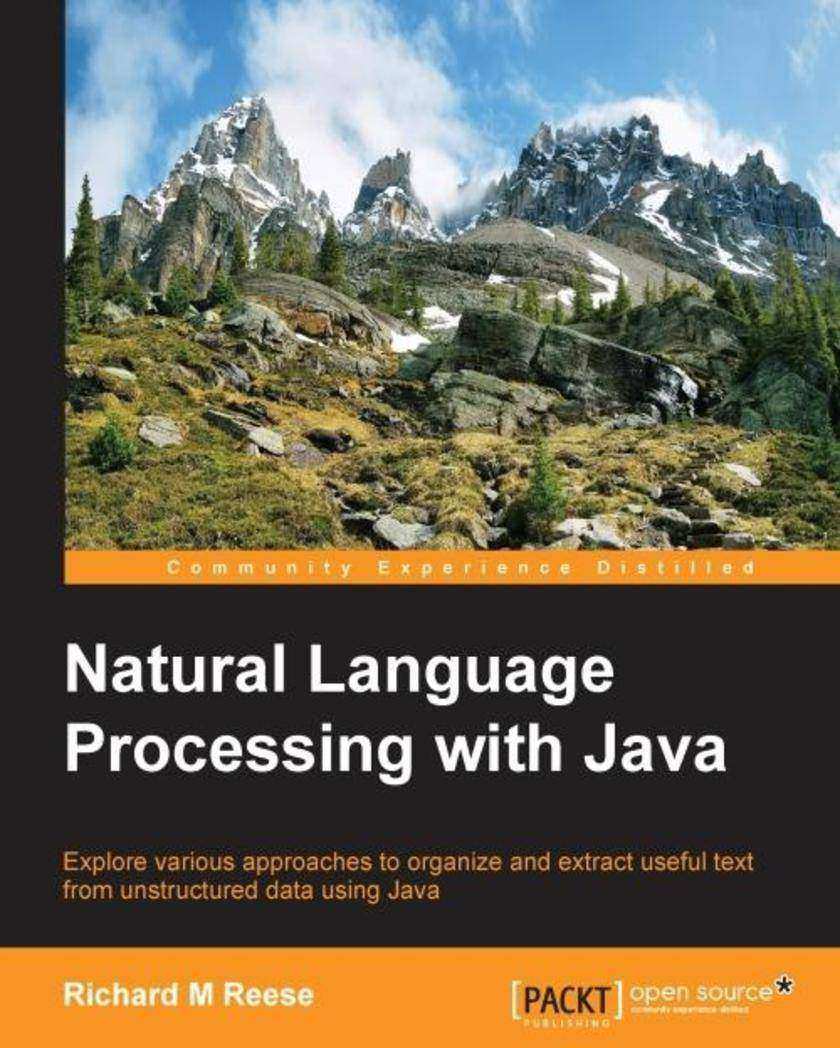
Natural Language Processing with Java
¥80.65
If you are a Java programmer who wants to learn about the fundamental tasks underlying natural language processing, this book is for you. You will be able to identify and use NLP tasks for many common problems, and integrate them in your applications to solve more difficult problems. Readers should be familiar/experienced with Java software development.

Cocos2d-x by Example: Beginner's Guide - Second Edition
¥80.65
If you are a game enthusiast who would like to develop and publish your own game ideas onto different app stores, this is the book for you. Some knowledge of C++ or Java is helpful but not necessary.

Building Android Games with Cocos2d-x
¥45.77
If you have a basic understanding of the C++ programming language and want to create videogames for the Android platform, then this technology and book is ideal for you.

Embedded Linux Projects Using Yocto Project Cookbook
¥90.46
If you are an embedded developer learning about embedded Linux with some experience with the Yocto project, this book is the ideal way to become proficient and broaden your knowledge with examples that are immediately applicable to your embedded developments. Experienced embedded Yocto developers will find new insight into working methodologies and ARM specific development competence.

Mastering Adobe Captivate 8
¥107.90
If you are a teacher, instructional designer, eLearning developer, or human resources manager who wants to implement eLearning, then this book is for you. A basic knowledge of your OS is all it takes to create the next generation of responsive eLearning content.
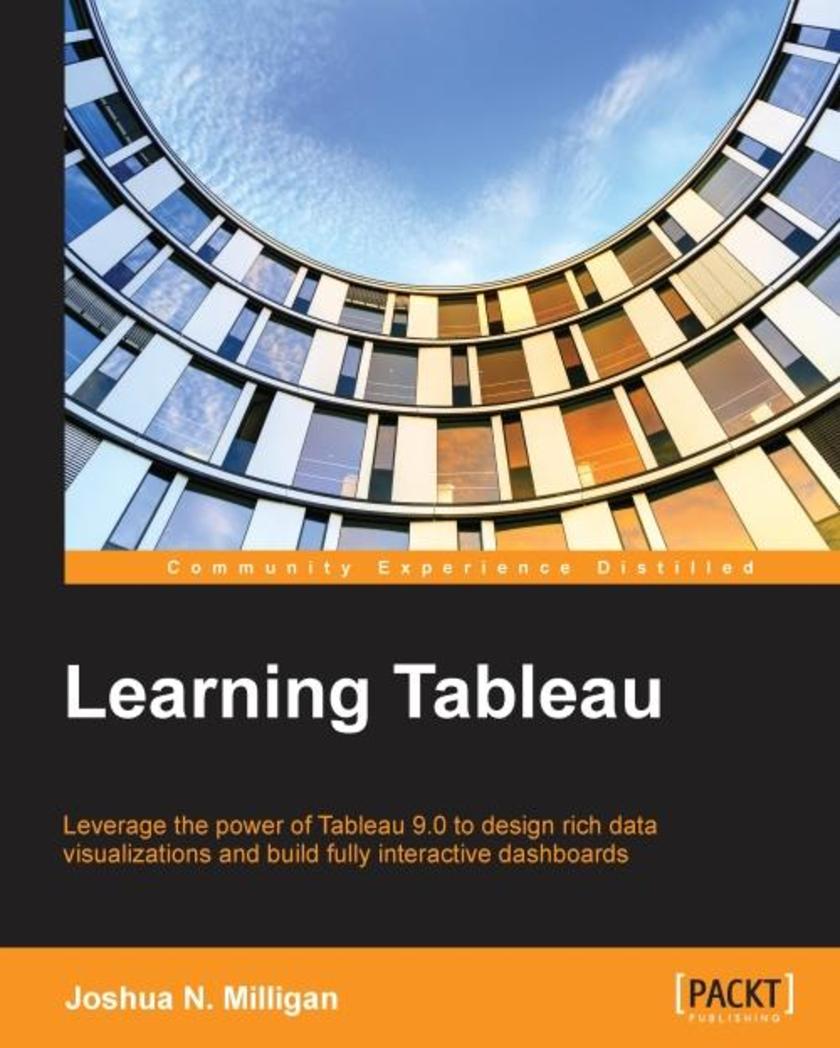
Learning Tableau
¥90.46
If you want to understand your data using data visualization and don't know where to start, then this is the book for you. Whether you are a beginner or have years of experience, this book will help you to quickly acquire the skills and techniques used to discover, analyze, and communicate data visually. Some familiarity with databases and data structures is helpful, but not required.
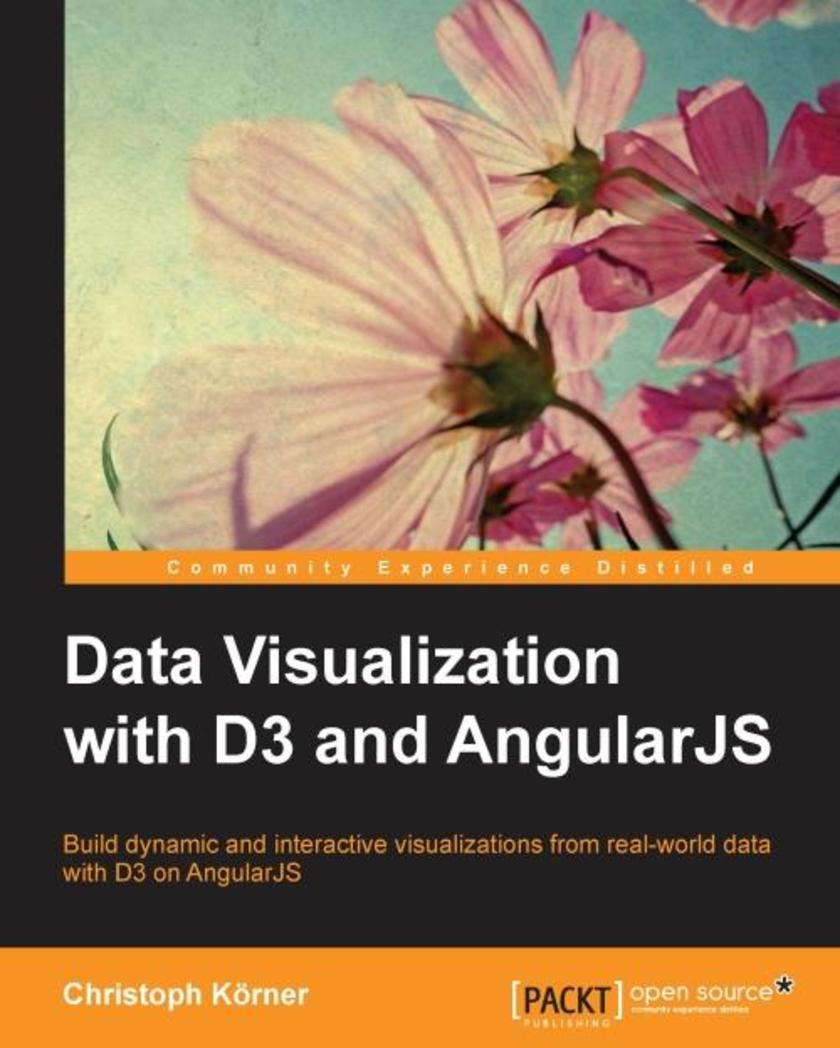
Data Visualization with D3 and AngularJS
¥80.65
If you are a web developer with experience in AngularJS and want to implement interactive visualizations using D3.js, this book is for you. Knowledge of SVG or D3.js will give you an edge to get the most out of this book.
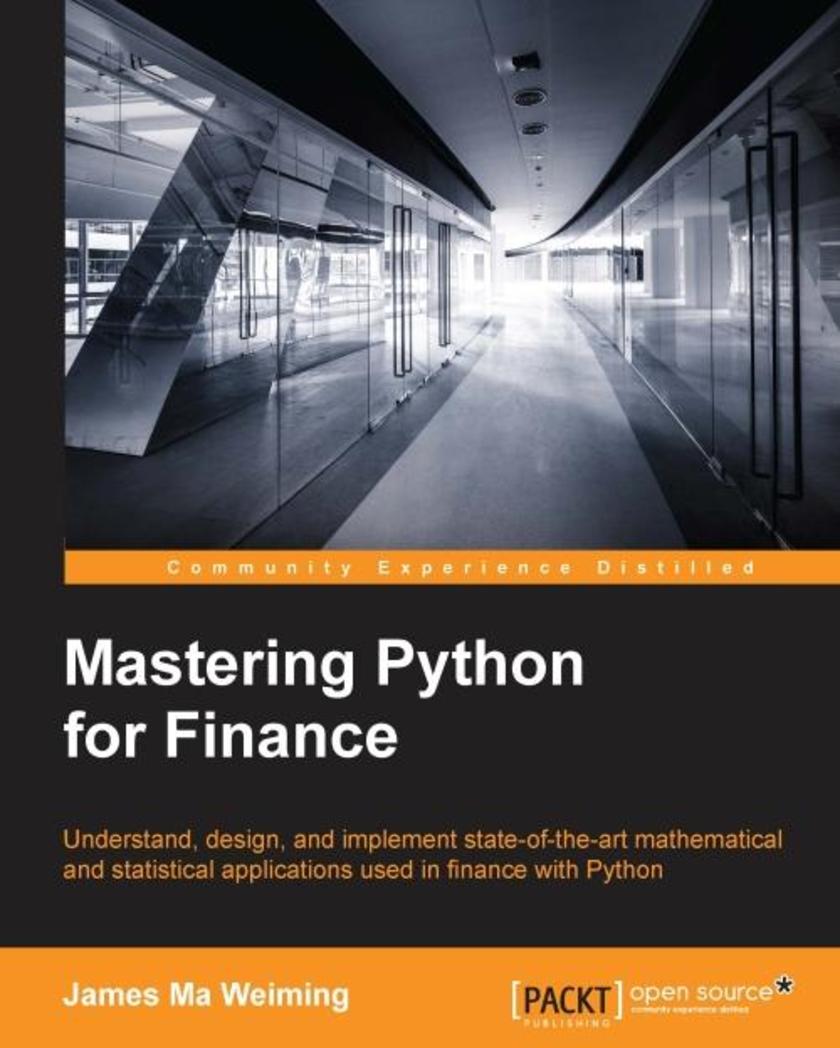
Mastering Python for Finance
¥90.46
If you are an undergraduate or graduate student, a beginner to algorithmic development and research, or a software developer in the financial industry who is interested in using Python for quantitative methods in finance, this is the book for you. It would be helpful to have a bit of familiarity with basic Python usage, but no prior experience is required.
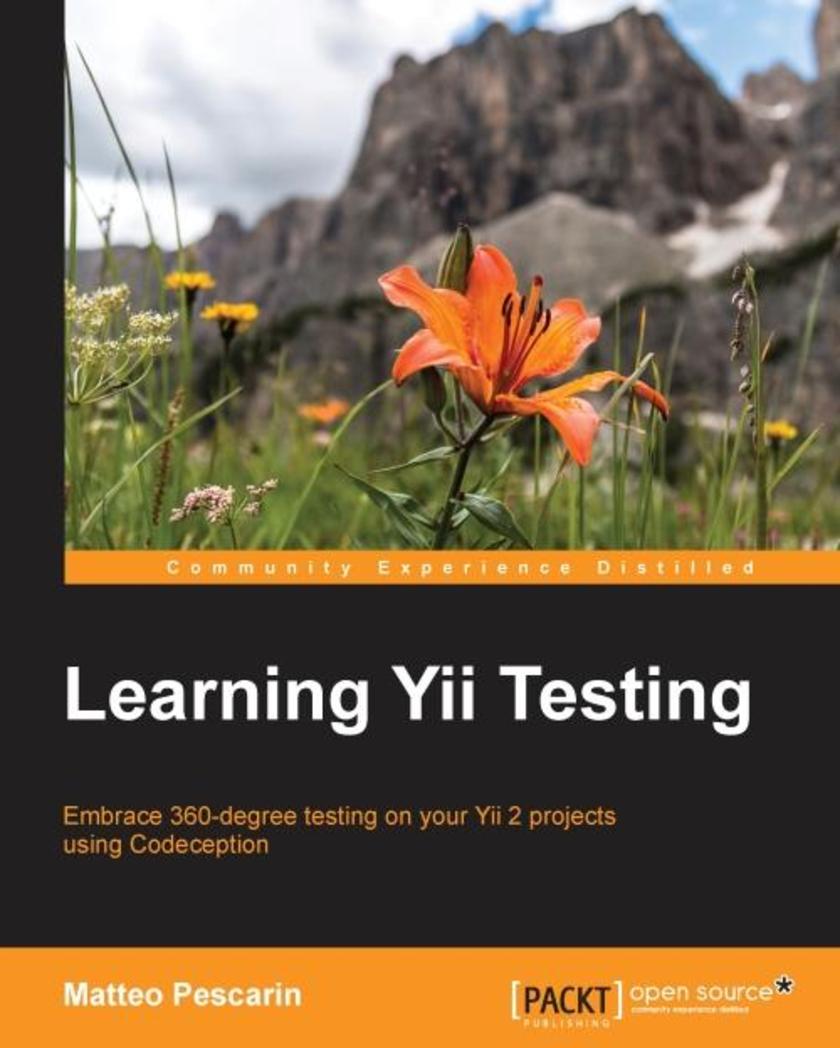
Learning Yii Testing
¥66.48
Developers who have a solid pre-existing knowledge of Yii's core concepts will find this book an ideal introduction to learning to write tests using Yii 2's tools. You'll learn to create faster and more reliable applications with less time and effort.
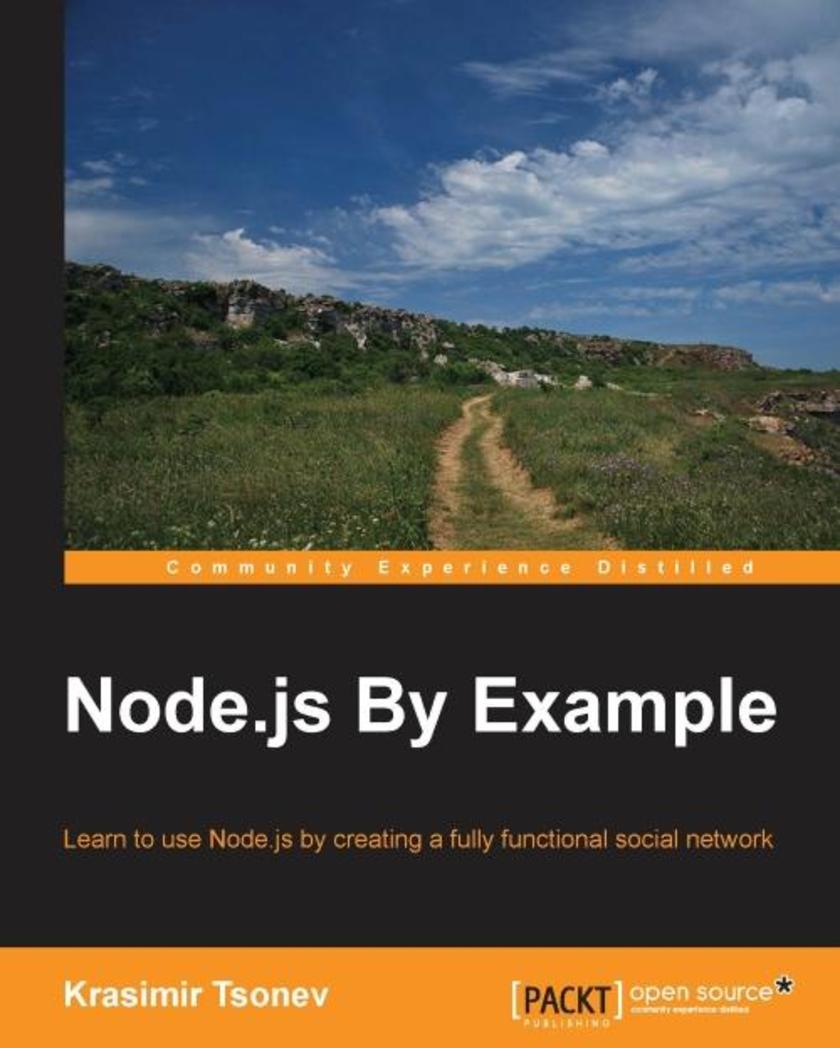
Node.js By Example
¥80.65
If you are a JavaScript developer with no experience with Node.js or server-side web development, this book is for you. It will lead you through creating a fairly complex social network. You will learn how to work with a database and create real-time communication channels.
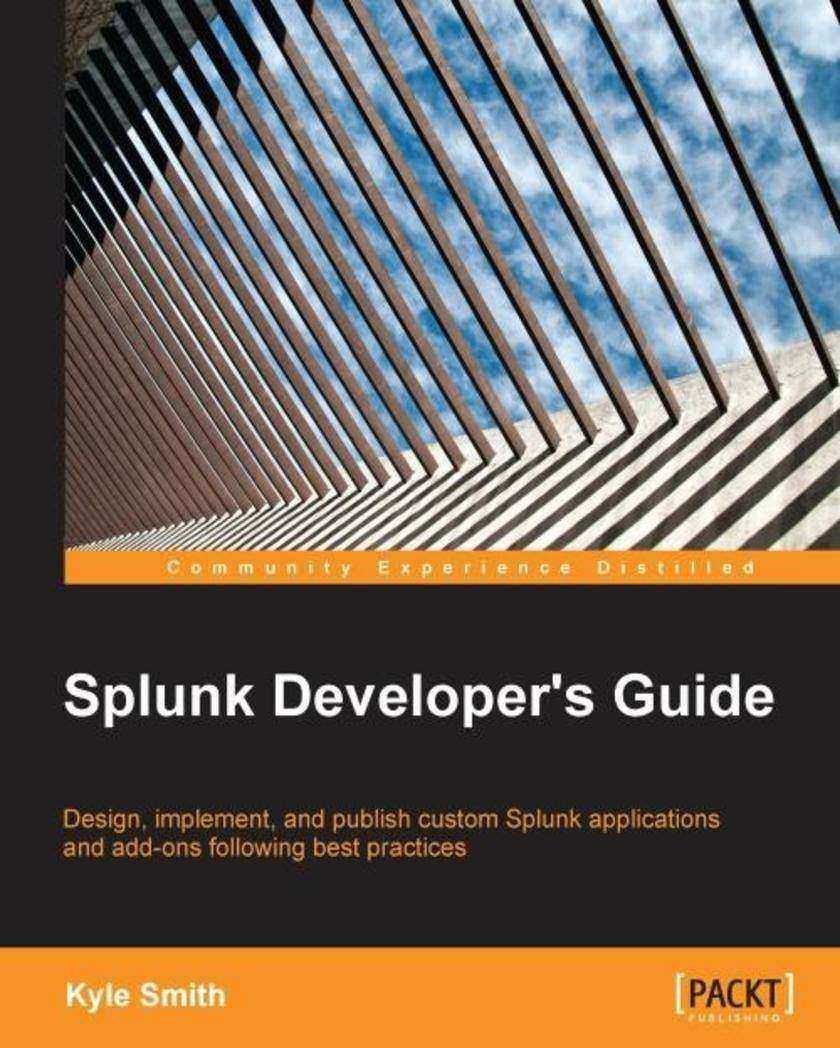
Splunk Developer's Guide
¥63.21
If you are a Splunk user and want to enter the wonderful world of Splunk application development, then this book is for you. Some experience with Splunk, writing searches, and designing basic dashboards is expected.

Building Networks and Servers Using BeagleBone
¥45.77
If you are a developer with BeagleBone experience and want to learn how to use it to set up a network and file server, then this book is ideal for you. To make the most of this book, you should be comfortable with the Linux operating system and know how to install software from the Internet, but you do not have to be a network guru.

BeagleBone Essentials
¥54.49
If you are a developer with some hardware or electrical engineering experience who wants to learn how to use embedded machine-learning capabilities and get access to a GNU/Linux device driver to collect data from a peripheral or to control a device, this is the book for you.

VMware vSphere Essentials
¥80.65
This book is intended for virtualization administrators who want to learn VMware vSphere quickly. It is assumed that you have some basic knowledge of virtualization and the vSphere environment.
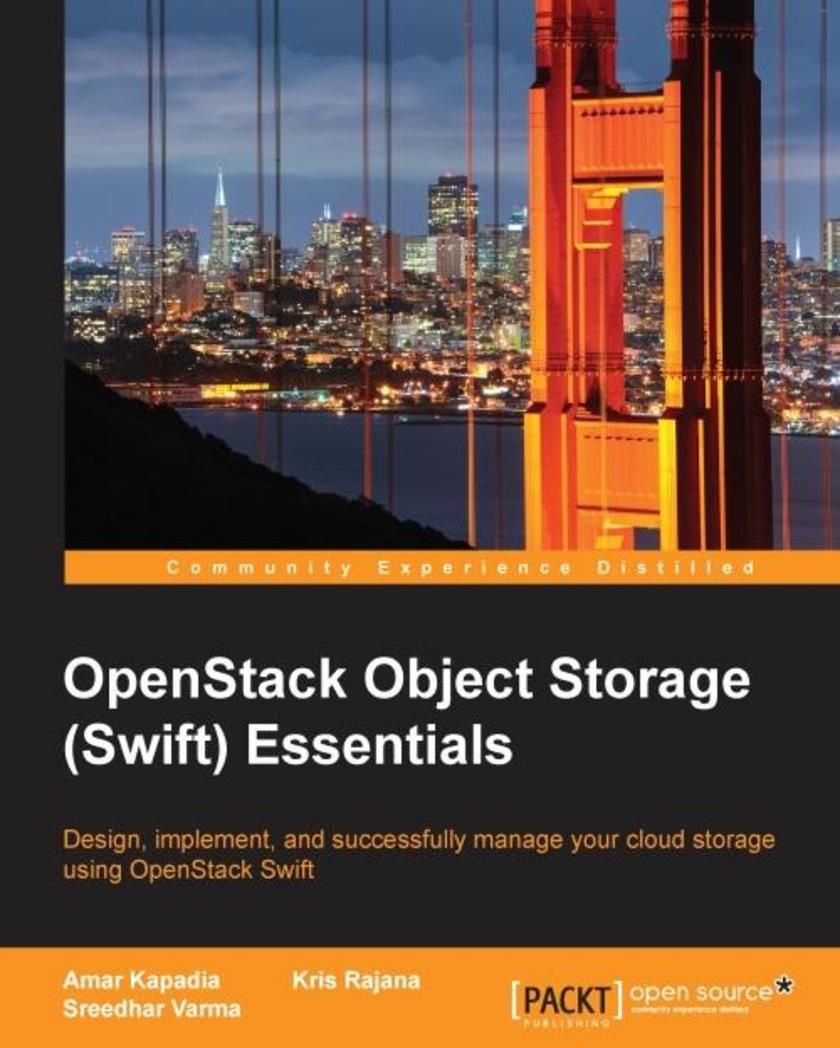
OpenStack Object Storage (Swift) Essentials
¥54.49
If you are an IT administrator and you want to enter the world of cloud storage using OpenStack Swift, then this book is ideal for you. Basic knowledge of Linux and server technology is beneficial to get the most out of the book.
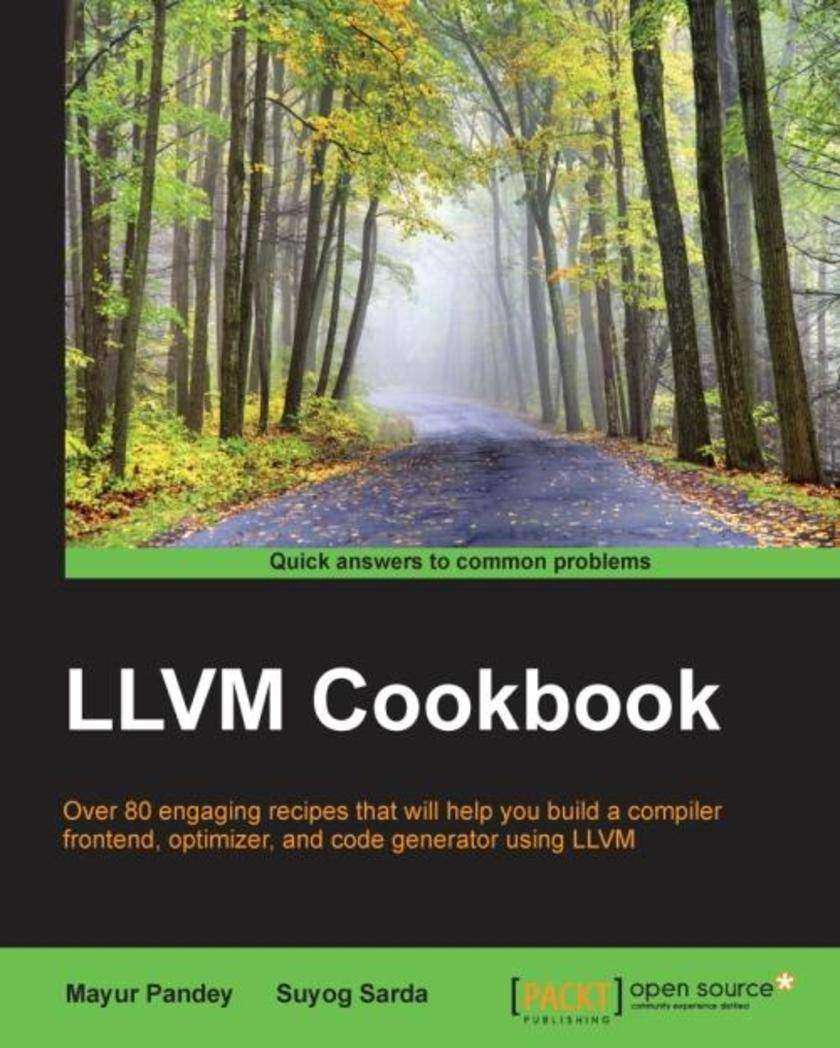
LLVM Cookbook
¥80.65
The book is for compiler programmers who are familiar with concepts of compilers and want to indulge in understanding, exploring, and using LLVM infrastructure in a meaningful way in their work. This book is also for programmers who are not directly involved in compiler projects but are often involved in development phases where they write thousands of lines of code. With knowledge of how compilers work, they will be able to code in an optimal way and improve performance with clean code.
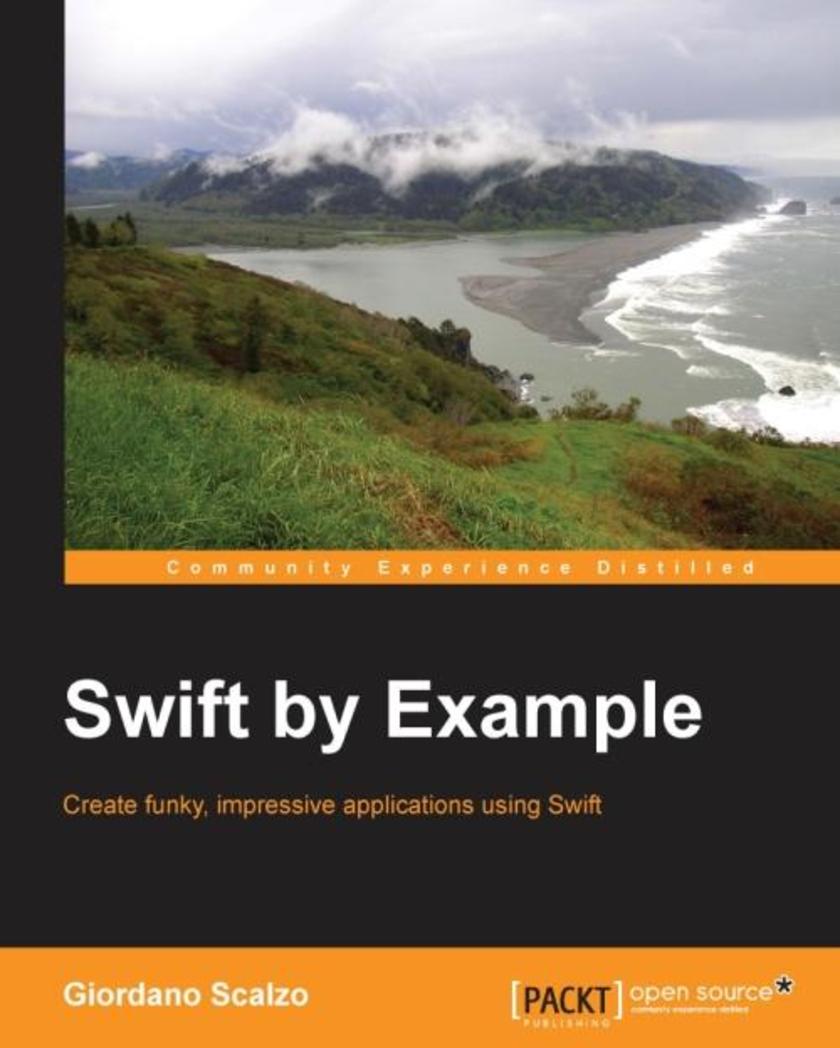
Swift by Example
¥71.93
This book is intended for those who want to learn to develop apps in Swift the right way. Whether you are an expert Objective-C programmer or new to this platform, you'll learn quickly, grasping the code of real-world apps to use Swift effectively. Prior experience in development for Apple devices would be helpful, but is not mandatory.

Learning Reactive Programming with Java 8
¥80.65
If you are a Java developer that knows how to write software and would like to learn how to apply your existing skills to reactive programming, this book is for you.
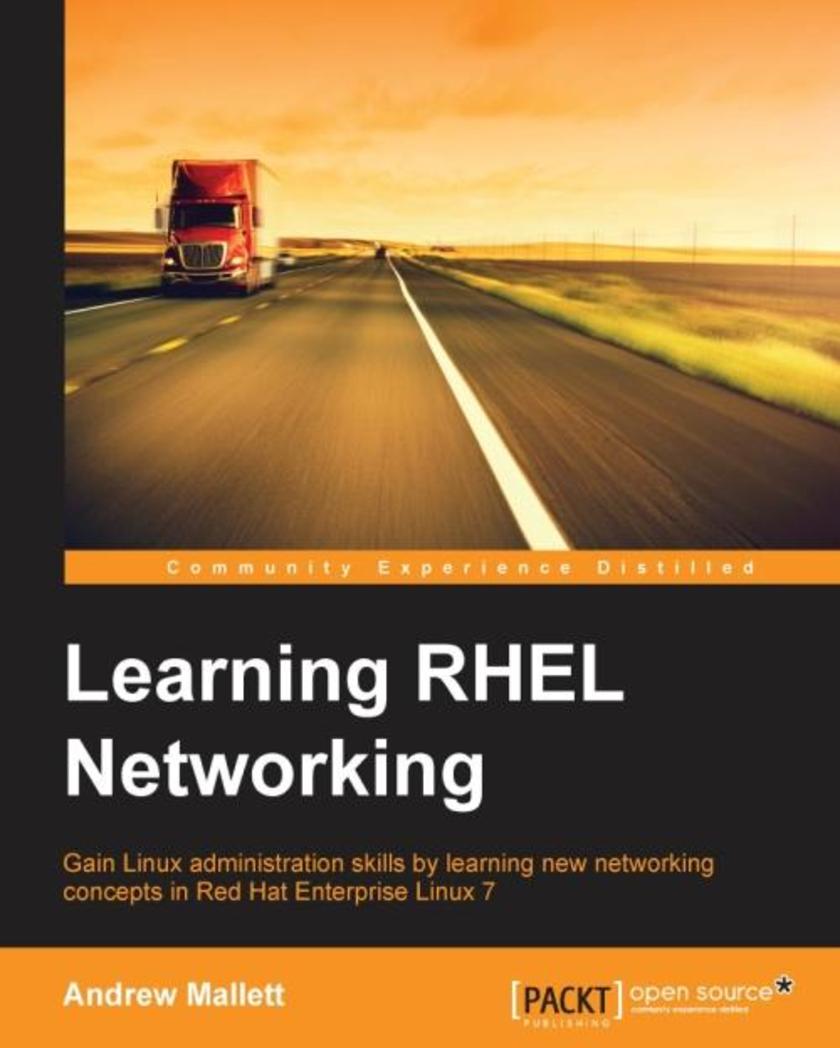
Learning RHEL Networking
¥90.46
This book is ideal for administrators who need to learn the networking abilities of Red Hat Enterprise Linux 7. You may not be a Linux administrator already, but you will need to be able to test files in Linux and navigate the filesystem.




 购物车
购物车 个人中心
个人中心



